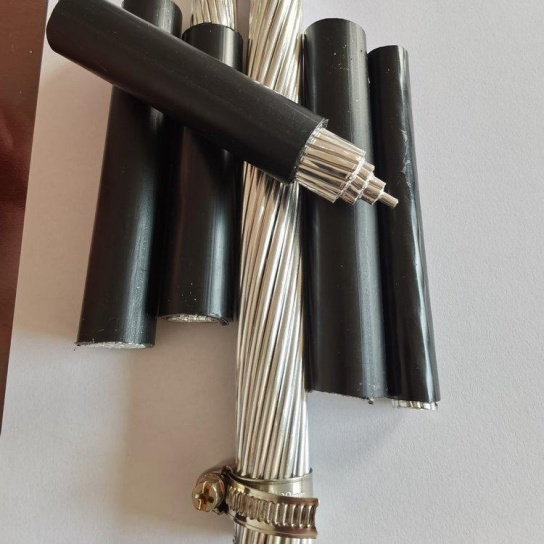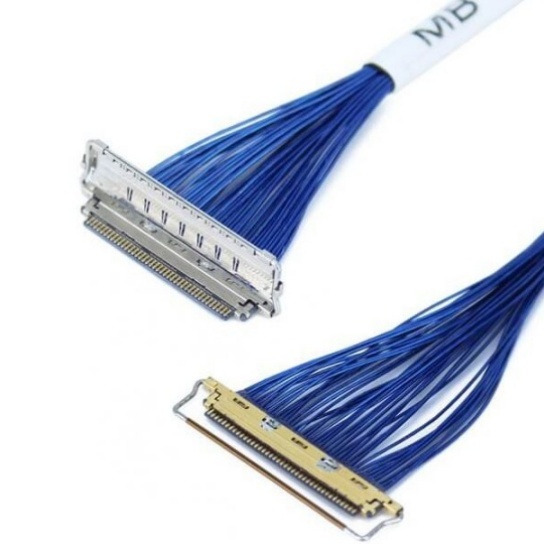Global Crackdown on Counterfeit Aviation Cables: What You Need to Know
The aviation industry is built on precision, safety, and reliability. Yet, a hidden danger has been lurking in the shadows: counterfeit aviation cables. These fake components threaten aircraft safety, passenger lives, and the integrity of global air travel. In response, governments, regulators, and industry leaders are launching a global crackdown to eliminate counterfeit aviation cables. Here’s what you need to know about this critical issue and how it impacts you.
Why Counterfeit Aviation Cables Are a Major Risk
Aviation cables are the lifelines of an aircraft, transmitting power, data, and signals between critical systems like navigation, communication, and engine controls. Counterfeit versions—often made with substandard materials or incorrect specifications—can fail under stress, resist extreme temperatures poorly, or degrade faster than certified parts. The consequences? Catastrophic malfunctions, costly downtime, and even fatal accidents.
- Recent incidents: In 2023, the FAA reported a 15% rise in safety incidents linked to unapproved aircraft parts, including counterfeit wiring.
- Hidden costs: Airlines face millions in losses due to unscheduled repairs, grounded fleets, and reputational damage.
How Authorities Are Fighting Back
The global aviation community is taking unprecedented steps to combat counterfeit cables:
- Stricter Regulations
- Agencies like the FAA (U.S.), EASA (Europe), and ICAO are tightening certification requirements and mandating traceability for all aircraft components.
- New laws penalize suppliers and manufacturers caught distributing fake parts.
- Advanced Tracking Technologies
- Blockchain and RFID tags are being adopted to create tamper-proof records of a cable’s origin, testing, and installation.
- Global Collaboration
- Cross-border task forces (e.g., INTERPOL’s Operation Thunderbolt) are targeting illegal supply chains in hotspots like Asia and Eastern Europe.
- Whistleblower Programs
- Rewards for reporting counterfeit activities incentivize industry insiders to expose fraud.
How to Spot Counterfeit Aviation Cables
For airlines, maintenance crews, and suppliers, vigilance is key. Here’s how to identify red flags:
- Check certifications: Genuine cables have documentation from recognized bodies like SAE International or ISO.
- Verify suppliers: Only buy from authorized distributors listed on manufacturers’ websites.
- Inspect materials: Counterfeit cables may have uneven insulation, misspelled labels, or incorrect coloring.
- Test rigorously: Use conductivity, stress, and temperature resistance tests to validate performance.
What You Can Do to Protect Your Operations
- Train your team: Educate procurement and maintenance staff on spotting fake parts.
- Audit your supply chain: Regularly review suppliers’ certifications and inspection reports.
- Report suspicions: Alert authorities like the FAA’s Suspected Unapproved Parts (SUP) program or EASA’s whistleblower portal.
The Future of Aviation Safety
While the crackdown is gaining momentum, the fight against counterfeit cables requires ongoing effort. Innovations like AI-powered part verification and global databases for component histories promise stronger safeguards. By staying informed and proactive, the industry can ensure safer skies for everyone.






